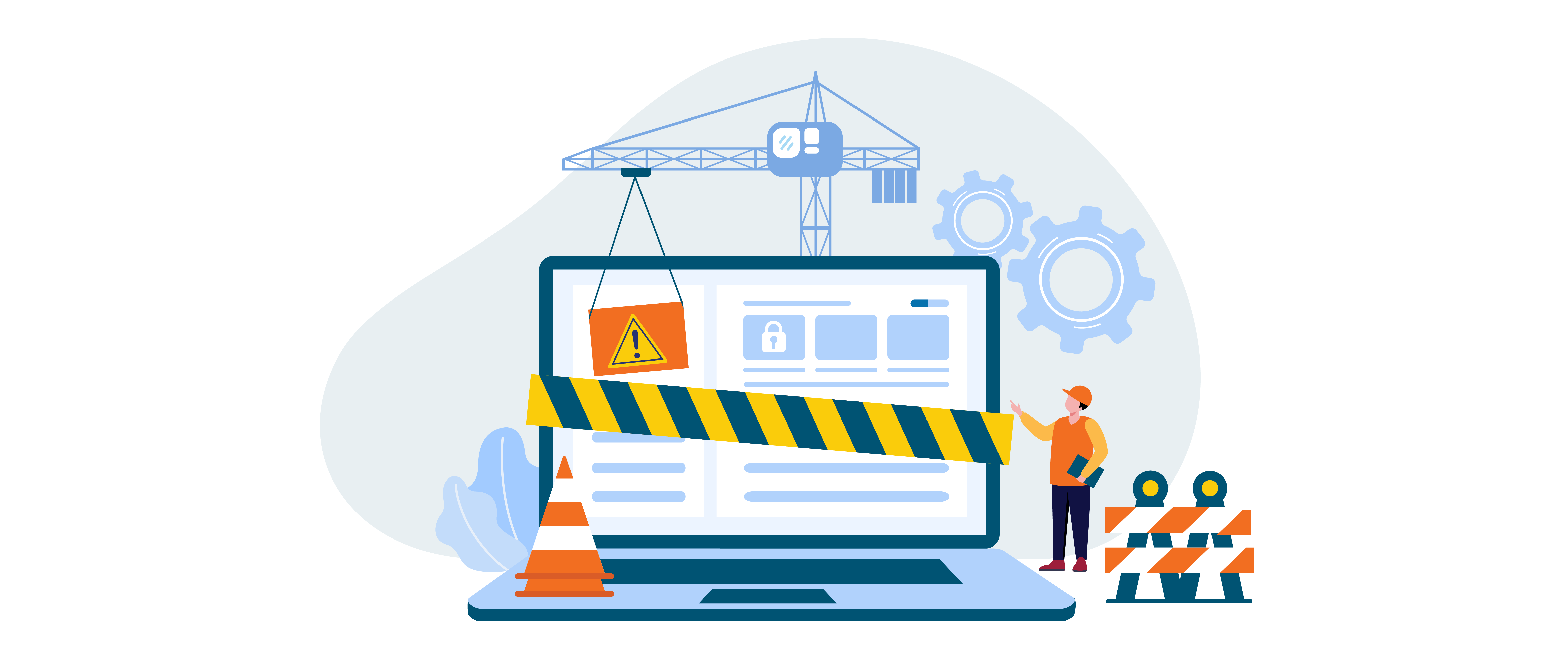4 Ways To Minimize IT System Downtime
Technology
Given the 24x7x365 nature of today’s business, uptime and availability of critical resources are critical factors in determining an organization’s success. Every day, organizations must overcome new challenges to ensure business continuity. Downtime is one of these challenges.
According to the findings of several recent surveys, nearly 90% of business organizations have experienced system downtime at some point. According to these surveys, many businesses reported downtime at least once per month.
Employees’ security, data, productivity, and finances are frequently jeopardized when they lose access to files, data, email systems and core systems. System downtime on corporate computers can pose a serious risk of losing critical information, so it’s critical to take precautions to reduce the likelihood of system downtime occurring.
Test Server Backups On A Regular Basis
When a server goes down, you can mitigate damage by restoring it quickly. If all else fails, you can always restore a backup. Check your backups (both physical and virtual) on a regular basis and test them to ensure they can be restored. After all, a backup is only useful if your data can be recovered!
However, not having a backup available can result in extended downtime, which reduces productivity. Furthermore, having a backup will assist you in overcoming all security concerns related to data theft.
Once the backup system is installed, it must be tested on a regular basis to ensure that it is operational. Then, if there are any errors or bugs, you can contact IT maintenance services and have the problem resolved right away.
After all, you don’t want to lose all of the data that your company has worked so hard to develop. Aside from that, you can additionally keep backups of your data off-site.
Utilize Cloud Solutions
Although each continuity and disaster recovery plan is unique to address the risks and needs of the organization, some strategies are fairly common in IT downtime reduction. One of these strategies should be to make better use of the cloud.
Did you know that cloud storage and cloud solutions can help your teams keep working even if they lose access to your on-premises servers and networks? This enables your company to work flexibly around an IT crisis.
There is no doubt that cloud storage is only one example of how critical it is for your business to have access to files and data in the event of an IT crisis. And if you can only rely on one piece of hardware, software, or network to perform your work, your workflow is very vulnerable to disruption, which you don’t want.
You can ensure that your data is always accessible and secure by performing regular data backups of critical data and files. Data backups are critical because they protect against data loss, which is unfortunately all too common in many emergencies.
Keep Everything Up To Date
Updates and patches for operating systems, hardware, and applications are frequently distributed in order to address new security threats and address existing vulnerabilities. Check that all devices that connect to your organization’s network, both personal and business-owned, are up to date.
Preventive maintenance should also be prioritized by your IT team, with scheduled updates limited to off-hours and everyone who will be impacted notified well in advance. Outdated hardware and software are two other potential failure points that must be addressed. Don’t put off upgrading if you’re not confident in the reliability of your infrastructure components.
Invest In Reliable Equipment
While it may be tempting to purchase lower-cost products and services, doing so greatly increases the risk of system downtime. Investing in high-quality equipment is a simple, effective way to ensure that system errors are avoided.
Higher quality products will last longer and perform more efficiently. Even though low-quality equipment is less expensive at first, it will require maintenance and have a shorter lifespan.
Downtime will always pose a threat to business operations. As a result, every organization must reduce downtime and maximize productivity. Backup testing, disaster recovery plans, and scalable infrastructure are also useful in reducing downtime. All you have to do is figure out what works best for your particular business model.



